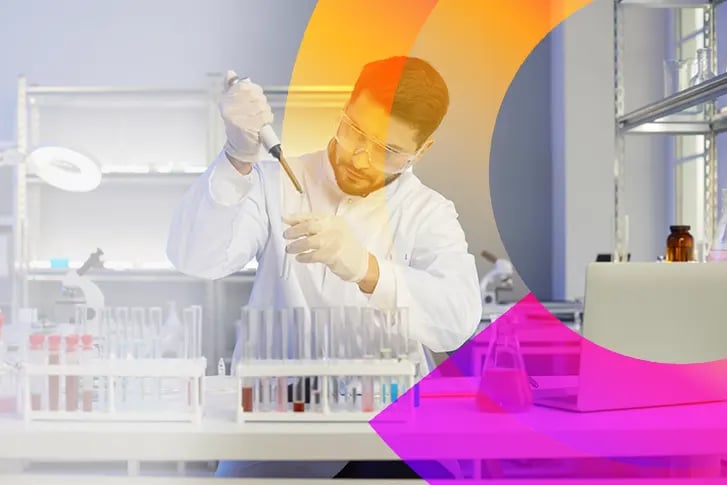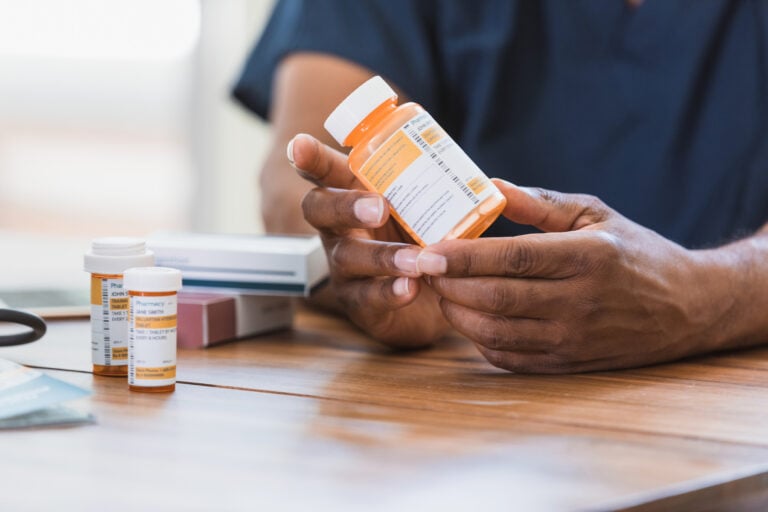July 20, 2023

July 20, 2023

Recent contamination of several drug products in India resulting in fatalities have prompted a new FDA guidance entitled "Testing of Glycerin, Propylene Glycol, Maltitol Solution, Hydrogenated Starch Hydrolysate, Sorbitol Solution and Other High-Risk Drug Components for Diethylene Glycol (DEG) and Ethylene Glycol (EG), May 2023".
The guidance focuses on "high-risk" drug components that have been found to be at higher risk of DEG or EG contamination compared to other drug components and provides guidance to drug product manufacturers on the proposed safety limit and reporting requirements when DEG/EG levels exceed/exceeded the proposed safety limit.
Many high-risk drug compounds may already specify the required DEG and EG testing in the respective compendial monographs (USP, NF etc). If so, testing for DEG and EG must be performed on the said drug compound prior to use. The testing requirements may be found either under the identity methods, the impurity methods or specified elsewhere in the monograph. The relevant "identified safety limit" for DEG and EG is "Not more than (NMT) 0.10%".
The following compounds were specifically listed in the guidance (either in the text or in the footnotes):
| Compound |
|
| Glycerin |
Polyoxyl 35 Castor Oil |
| Propylene Glycol |
Polysorbate 20/40/60/80 |
| Maltitol Solution |
Polyoxyl 15 Hydroxystearate |
| Hydrogenated Starch Hydrolysate |
Polyoxyl 20 Cetostearyl Ether |
| Sorbitol Solution |
Polyoxyl 8 Stearate |
| Polyethylene Glycol (MW <1000 only) |
Octoxynol 9 |
| Diethylene Glycol Stearates |
Nonoxynol 9 |
| Polyethylene Glycol Monomethyl Ether 350/550 (MW <600 only) |
Polyethylene Glycol 40 Castor Oil |
The FDA requires that "representative samples of each shipment of each lot of the (drug) component" contain "NMT 0.10% of DEG and EG before using that component in drug product manufacturing". "If any testing reveals that their distributed drug products contain DEG or EG levels in excess of the applicable safety limit (NMT 0.10%), manufacturers must issue an FDA Field Alert Report (FAR)". Additional recommendations in the guidance include:
Drug product manufacturers should conduct thorough examination of the above mentioned materials used but nonetheless should expand the examination of other drug compounds/excipients, as part of a comprehensive risk assessment and to ensure sufficient mitigation controls are in place (e.g. conduct DEG/EG testing) to avoid potential DEG/EG contamination of their final product.
The CMC department of ProPharma Regulatory Sciences group can help you with both the risk assessment and design of the CMC control strategy to navigate successfully the regulatory pathway for your product.
Contact UsTAGS: FDA Regulatory Sciences

May 19, 2022
FDA has issued the final guidance titled “Safety Considerations for Container Labels and Carton Labeling Design to Minimize Medication Errors.” The recommendations for prescription drug and...

August 30, 2023
FDA Provides Acceptable Intake Limits for Nitrosamines Drug-Substance Related Impurities (NDSRIs). Can You Comply? The U.S. Food and Drug Administration (FDA) recently issued final guidance entitled;...
January 12, 2016
On January 4, 2016, the FDA published a draft guidance entitled, “Unique Device Identification: Convenience Kits.” The draft guidance comes after the Agency’s 2013 final rule that established a...